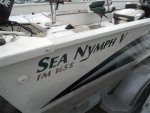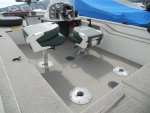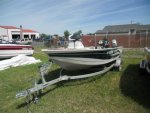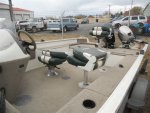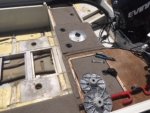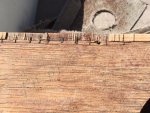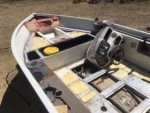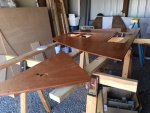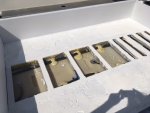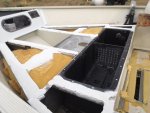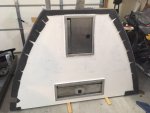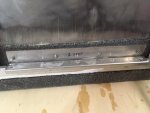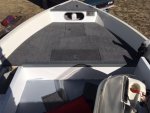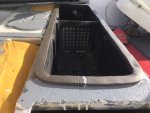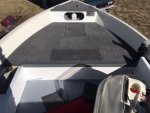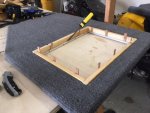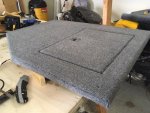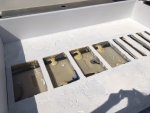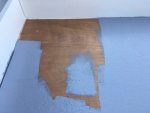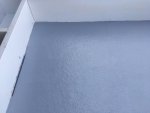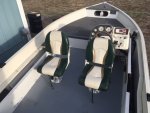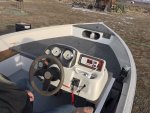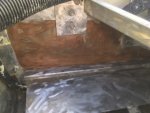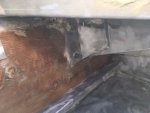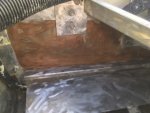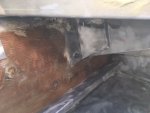I have been deep into restoring my new to me 2004 Lowe Sea Nymph 165 FM since I bought it in July of 2017 I got at what I thought was a reasonable price, I still think I did ok not great but ok. The boat came with a 2005 Evinrude 75 Etec and a Honda 8 hp as a kicker. Turns out the transom weight and hp rating of 75 hp was also exceeded due to the addition of the 8 hp Honda. All of that is covered pretty well in a different post in Boat Questions and Topics under Another Kicker Question so we won’t have to go through all of that here.
So I found a boat for sale at a dealer that had taken it in on a trade for a new boat. Turns out it was exactly the type and sized boat I wanted. 16.5 feet long 7 foot beam and decent freeboard. I bought it and had everything motor wise sorted and checked out at an Evinrude dealership. I took it out one time, caught a small walleye, took it home and tore it apart. Why would I do a thing like that? Because it was getting old and showing it’s age sort of like me. I like nice things and my new boat was just not nice enough. We can fix that! Now began the adventure and documented in drawings and photographs.
As I found it at the dealer lot. The live well leaked badly due to a poorly installed seal at the top flange. Carpet was past it’s prime and the wooden decks were delaminating so a good time to fix repair and replace all of this stuff. Not as easy as I First though however.
To be continued.
So I found a boat for sale at a dealer that had taken it in on a trade for a new boat. Turns out it was exactly the type and sized boat I wanted. 16.5 feet long 7 foot beam and decent freeboard. I bought it and had everything motor wise sorted and checked out at an Evinrude dealership. I took it out one time, caught a small walleye, took it home and tore it apart. Why would I do a thing like that? Because it was getting old and showing it’s age sort of like me. I like nice things and my new boat was just not nice enough. We can fix that! Now began the adventure and documented in drawings and photographs.
As I found it at the dealer lot. The live well leaked badly due to a poorly installed seal at the top flange. Carpet was past it’s prime and the wooden decks were delaminating so a good time to fix repair and replace all of this stuff. Not as easy as I First though however.
To be continued.
Attachments
Last edited:





















